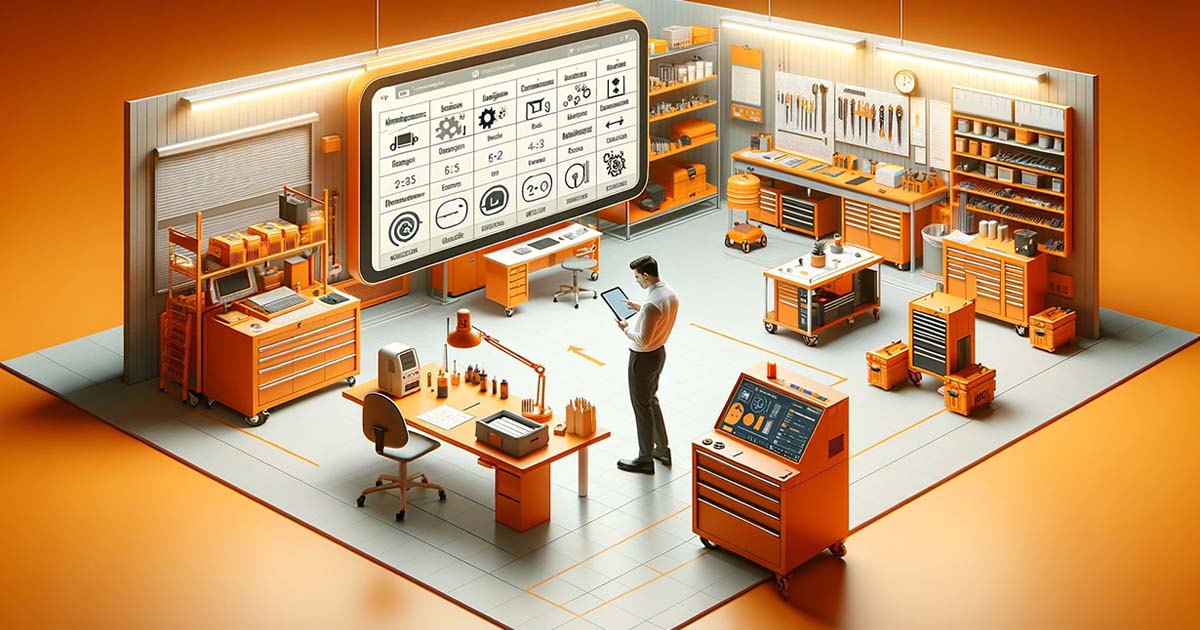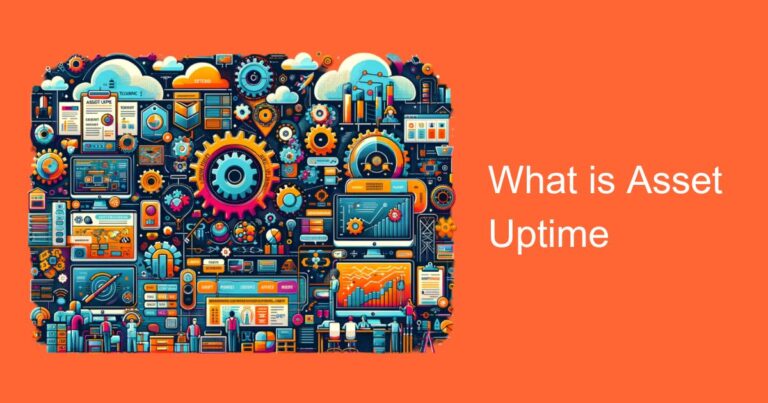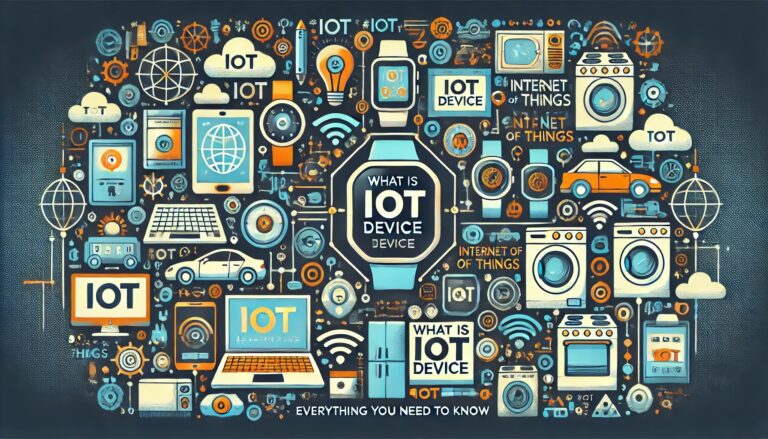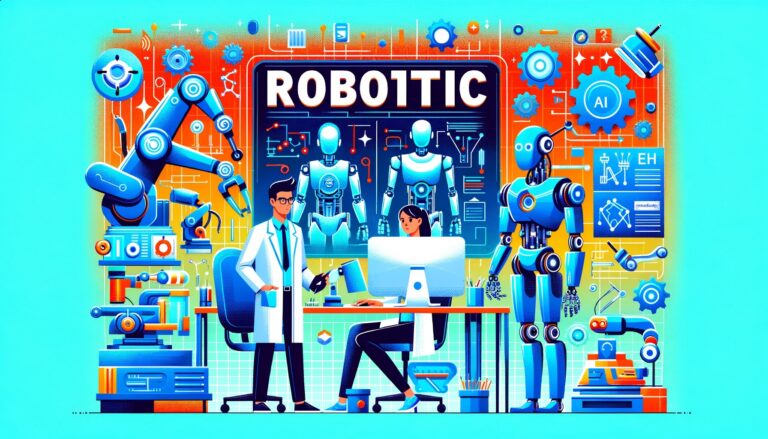Maintenance resources are crucial for the smooth operation of any organization. It is important to ensure that these resources are managed effectively to achieve optimal productivity, cost-effectiveness, and customer satisfaction. In India, maintenance management is an essential aspect of many industries such as manufacturing, construction, and hospitality. In this blog, we will discuss the best practices for managing maintenance resources in an Indian context.
Importance of Effective Maintenance Resource Management:
Effective maintenance resource management can have a significant impact on the overall productivity and profitability of an organization. Poor maintenance practices can result in decreased efficiency, higher downtime, increased repair costs, and reduced customer satisfaction. On the other hand, effective maintenance resource management can help in improving equipment reliability, reducing downtime, and increasing productivity. In addition, it can also help in reducing maintenance costs and extending the life of equipment.
Best Practices for Managing Maintenance Resources:
1. Develop a Maintenance Strategy:
Developing a maintenance strategy is the first step in managing maintenance resources effectively. It involves identifying the maintenance requirements of the organization and developing a plan to meet those requirements. The strategy should include preventive maintenance, predictive maintenance, and corrective maintenance.
Preventive maintenance involves performing routine maintenance tasks on equipment to prevent breakdowns and prolong equipment life. Predictive maintenance involves using data and analytics to predict equipment failures and schedule maintenance before a breakdown occurs. Corrective maintenance involves fixing equipment after a breakdown has occurred.
2. Prioritize Maintenance Tasks:
Not all maintenance tasks are of equal importance. It is important to prioritize maintenance tasks based on their criticality and impact on the organization. High-priority tasks should be completed first to minimize the impact of downtime on the organization.
3. Use Computerized Maintenance Management Systems (CMMS):
A Computerized Maintenance Management System (CMMS) is a software tool that can help in managing maintenance resources effectively. It can help in scheduling maintenance tasks, tracking equipment performance, and managing maintenance inventory. CMMS can also provide data and analytics that can help in improving maintenance practices and reducing maintenance costs.
4. Ensure Proper Training and Certification:
Maintenance personnel should be properly trained and certified to perform maintenance tasks. This can help in ensuring that maintenance tasks are performed correctly and safely. Proper training can also help in improving the efficiency of maintenance personnel.
5. Monitor and Analyze Maintenance Performance:
It is important to monitor and analyze maintenance performance regularly. This can help in identifying areas for improvement and implementing changes to improve maintenance practices. Data and analytics can also help in predicting equipment failures and scheduling maintenance before a breakdown occurs.
6. Maintain an Inventory of Spare Parts:
Maintaining an inventory of spare parts can help in reducing downtime and increasing productivity. It is important to have spare parts available when needed to avoid delays in equipment repair.
7. Implement a Maintenance Safety Program:
A maintenance safety program can help in reducing accidents and injuries related to maintenance tasks. It is important to identify potential hazards and implement safety procedures to minimize the risk of accidents.
Conclusion:
Effective maintenance resource management is essential for the smooth operation of any organization. By implementing the best practices discussed in this blog, organizations in India can improve their maintenance practices, reduce downtime, and increase productivity. It is important to remember that maintenance resource management is an ongoing process that requires regular monitoring and improvement.








